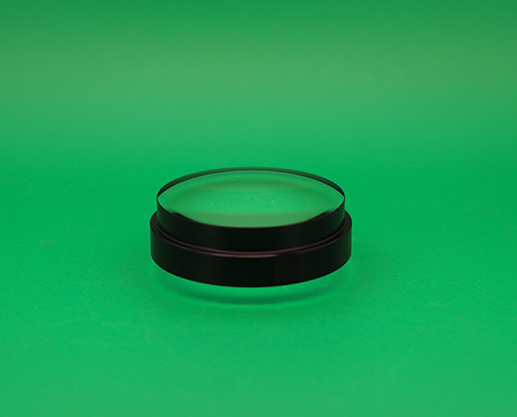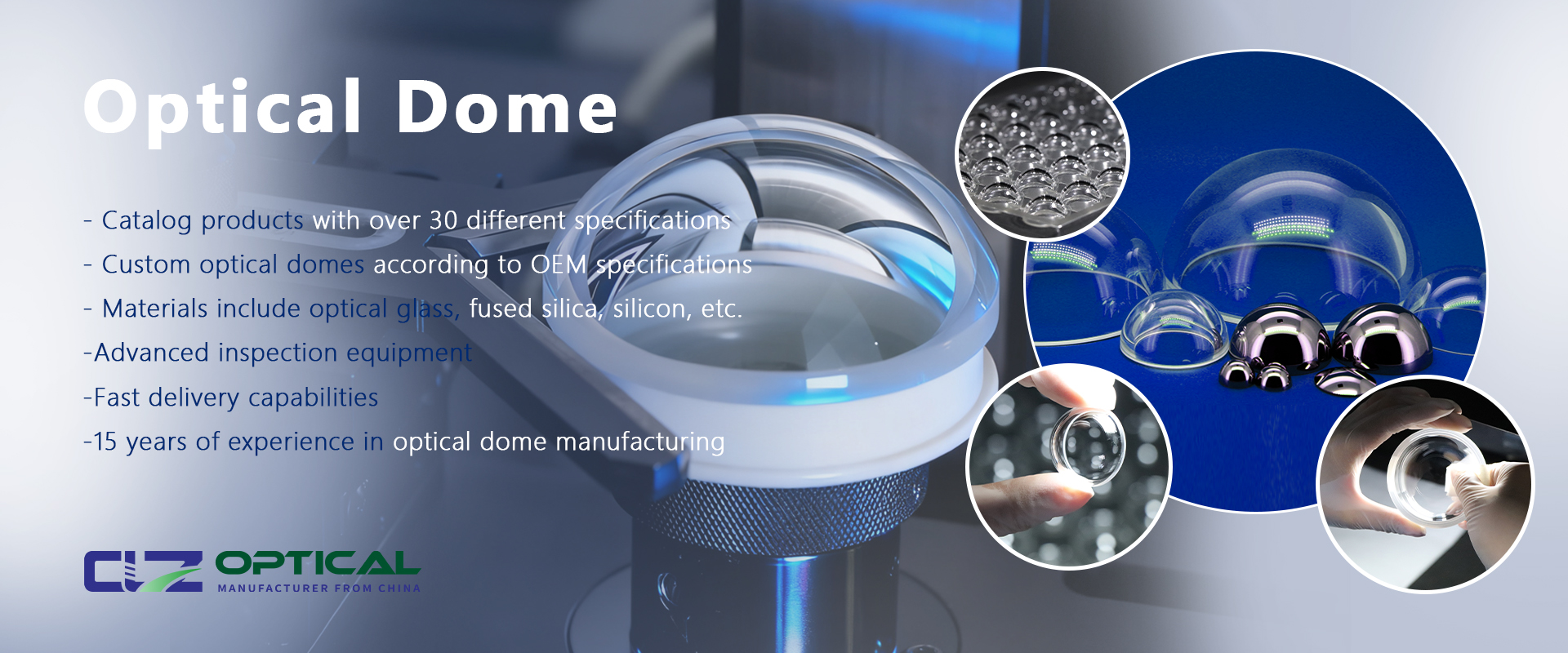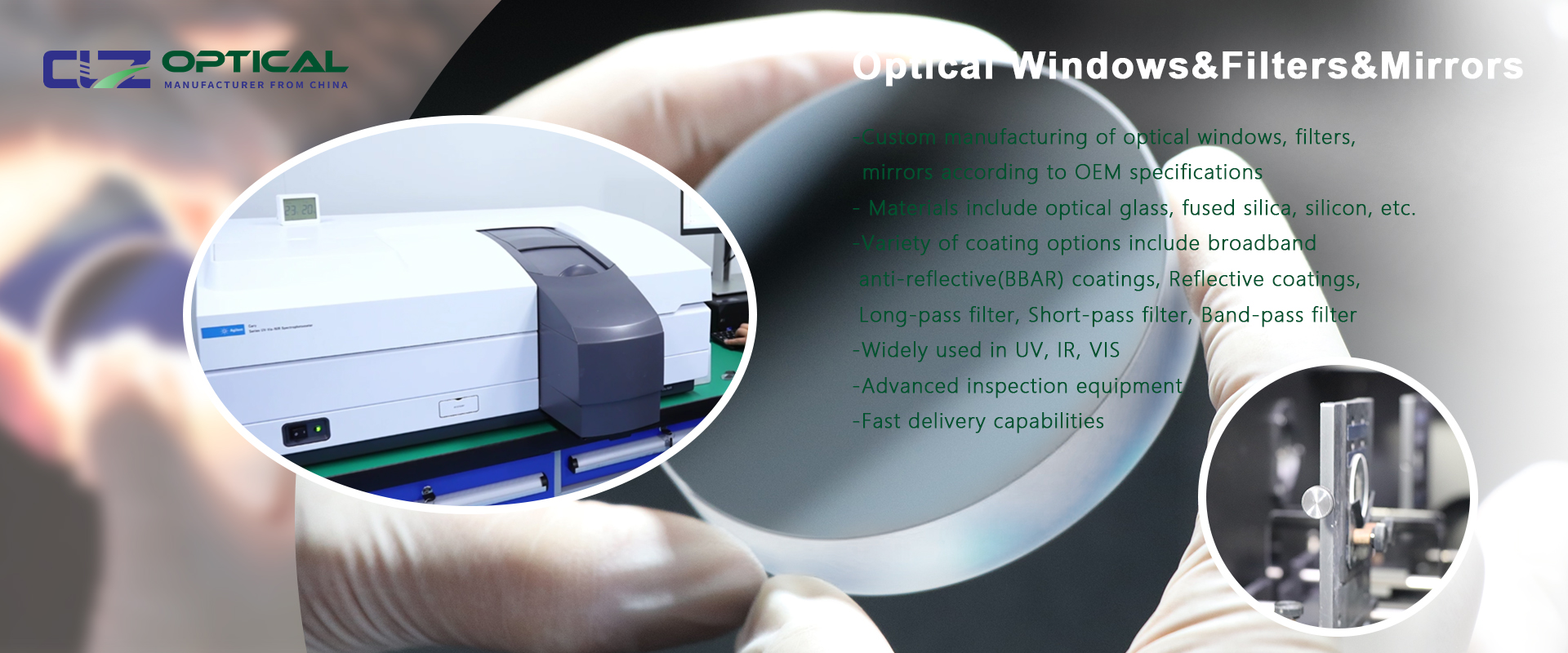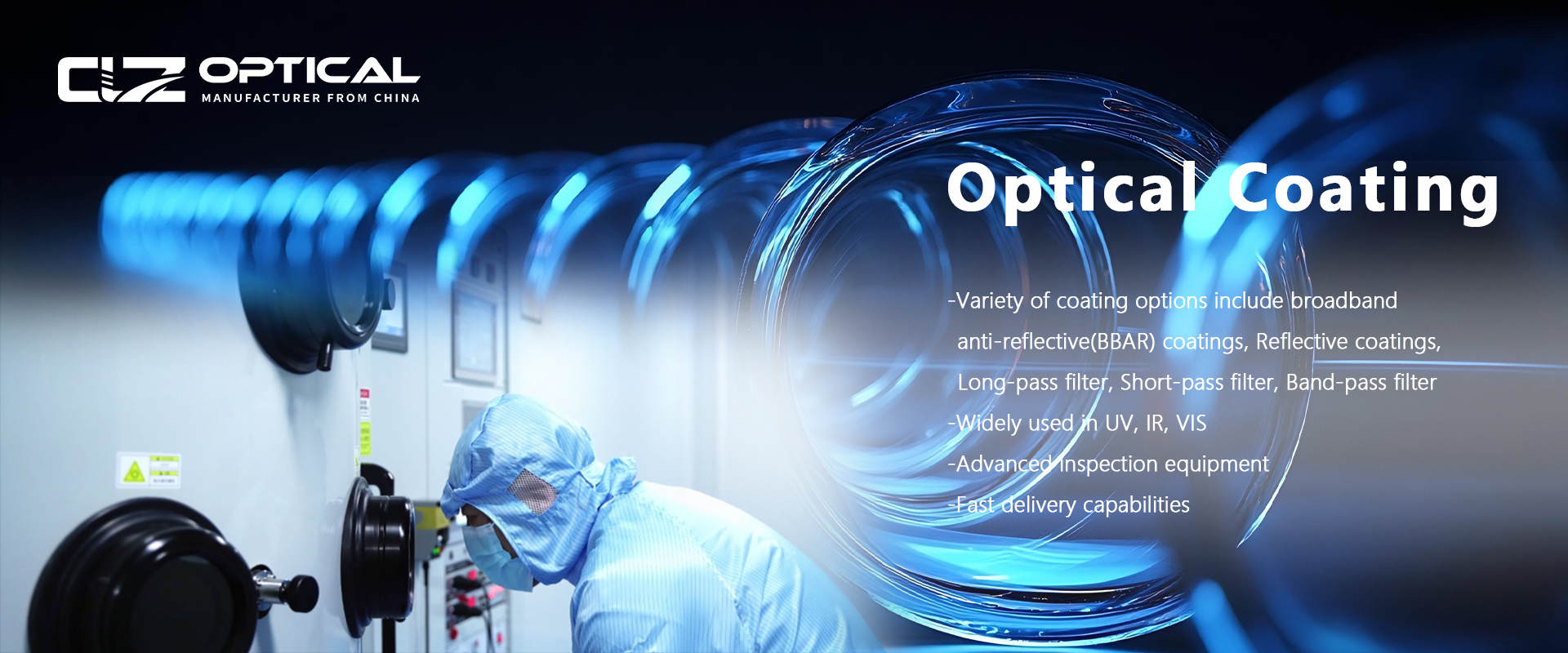The Role of Anti-Reflective Coating in Achromatic Lenses
Jun. 10, 2025
Introduction to Achromatic Lenses
Achromatic lenses, often called achromats, are a type of optical lens designed to limit the effects of chromatic and spherical aberration. They typically consist of two optical elements — a positive low-dispersion (crown glass) element and a negative high-dispersion (flint glass) element — cemented together. The primary purpose of achromatic lenses is to bring two wavelengths (usually red and blue) into the same focus, significantly improving image clarity and reducing color fringing.
These lenses are widely used in imaging systems, microscopy, photography, laser focusing, and optical instrumentation where precise image quality and color accuracy are critical.
What Is Anti-Reflective (AR) Coating?
Anti-reflective (AR) coatings are thin-film layers applied to the surface of optical components to reduce reflection and improve light transmission. Without AR coatings, a significant percentage of light is reflected off the surface of lenses — typically 4% per glass-air surface for uncoated glass — causing glare, reduced image contrast, and potential ghosting effects.
By applying AR coatings, optical manufacturers can minimize these reflections, enhance the efficiency of optical systems, and ensure high image fidelity.

Why Anti-Reflective Coating Is Crucial for Achromatic Lenses
Improved Light Transmission
Uncoated achromatic lenses can reflect up to 8–10% of incident light (4–5% per surface). AR coatings reduce this reflection to less than 0.5% per surface, allowing more light to pass through the lens assembly. This is critical in applications like microscopy, telescopy, or laser optics where every photon matters.
Enhanced Image Contrast and Brightness
By minimizing surface reflections, AR coatings improve the contrast and brightness of the transmitted image. In imaging systems, this means sharper images with better color accuracy and reduced ghost images.
Reduction of Ghosting and Flares
Especially in multi-lens systems, reflections between uncoated surfaces can create ghost images or flares. AR coatings effectively suppress these unwanted optical artifacts.
Increased System Efficiency
In laser systems or photonics applications, reducing reflection losses ensures higher system throughput and reduces energy losses.
Customizable Spectral Range Performance
Modern AR coatings can be designed for specific wavelength ranges — visible, UV, or IR — matching the operational spectrum of the achromatic lens. This ensures optimal performance in specialized applications like UV lithography or infrared imaging.
Types of Anti-Reflective Coatings Used on Achromatic Lenses
| Type of AR Coating | Description | Typical Application |
|---|---|---|
| Single-layer MgF₂ Coating | Simple and cost-effective, reduces reflectance at a single wavelength. | Basic imaging optics, photography. |
| Multi-layer Broadband AR Coating | Multiple layers tailored for a broad wavelength range (e.g. 400–700 nm). | High-end imaging systems, microscopes, telescopes. |
| V-Coating (Narrowband AR) | Designed for very low reflectance at a specific laser wavelength. | Laser optics, spectroscopy. |
| Dual-Band or Custom AR Coating | Coatings for two or more discrete wavelength ranges. | Medical devices, laser rangefinders. |
Applications of AR-Coated Achromatic Lenses
AR-coated achromats are widely used in:
Photographic Lenses
Microscopes
Telescopes
Laser Collimation and Focusing Systems
Fiber Optic Communication
Medical Imaging Equipment
Projection Systems
Scientific Instruments
Key Benefits of Anti-Reflective Coated Achromatic Lenses
Higher light throughput
Improved image brightness and contrast
Reduced optical losses
Minimized ghosting and flare
Enhanced system performance across desired wavelengths
Customizable for visible, UV, or IR applications
Anti-Reflective Coating Processing Technologies
In optical manufacturing, several deposition techniques are used for AR coatings:
Vacuum Thermal Evaporation
Electron Beam (E-Beam) Evaporation
Ion-Assisted Deposition (IAD)
Sputtering Deposition
At CLZ Optical Co., Ltd., we utilize vacuum coating machines to deliver high-performance, durable AR coatings for our precision achromatic lenses, ensuring optimal functionality for advanced optoelectronic applications.
Conclusion: The Indispensable Role of AR Coating
Anti-reflective coatings are essential to maximizing the performance of achromatic lenses, especially in systems where image clarity, light efficiency, and operational precision are paramount. By reducing reflectance and enhancing transmission, AR coatings ensure that achromatic lenses deliver superior optical performance across a wide range of industries — from photonics and medical imaging to aerospace and defense.
At CLZ Optical, our expertise in high-precision optical component manufacturing and advanced AR coating technologies positions us as a reliable partner for customers seeking cutting-edge optical solutions.





















